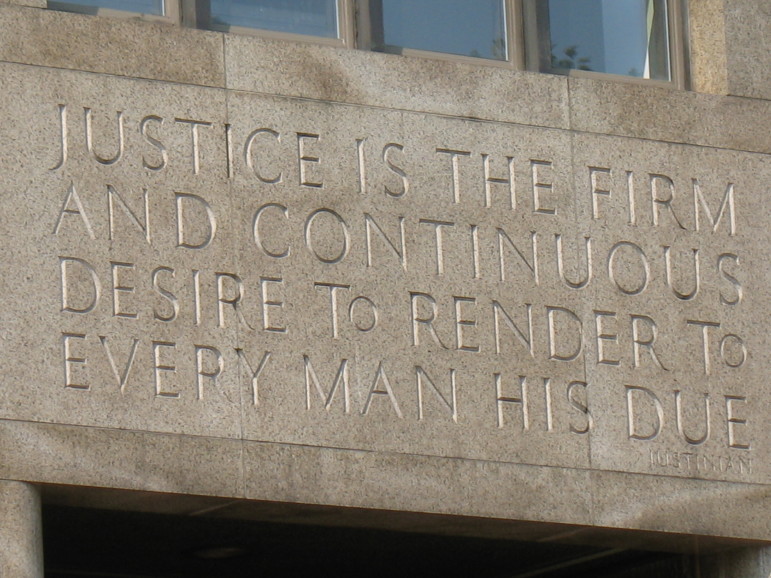On Nov. 5, 6 and 7, the New York Times published a three-part series of articles about the poor performance of some of the city’s minority-led foster care agencies. The series apparently seeks to evaluate the status of such agencies from the distance of 20 years after the start of a new public initiative. That initiative was the city’s effort to put far more care of foster children – who are overwhelmingly black and Latino – under the auspices of agencies run by people of color. In early 2005, however, the Administration for Children’s Services, which is responsible for most child welfare oversight in the city, placed the nine lowest-performing foster care agencies on notice that they could be shut down if they didn’t improve. Six of those nine were minority-led. This is the linchpin of the Times series, which provides a detailed exploration of the recent past without ever quite making it clear to readers why this story is timely now.
The articles generated a commotion among child welfare professionals. Some had been aware for a few years that this series was in the works. Adding the inherent clout of a Times front-page series to the immensely challenging high-stakes affair that is child welfare had others nervous. In the end many felt the airing of a stinging critique of minority agency leaders served little constructive purpose – especially without an explicit connection drawn to present realities. Here, two such professionals with differing experience in the field offer their reactions to the series.
Martin Guggenheim is the Fiorello LaGuardia Professor of Clinical Law at the NYU School of Law – where he earned his own J.D. more than three decades ago. In addition to teaching aspects of family law, he has published widely on legal issues pertaining to children, including the book “What’s Wrong With Children’s Rights” (Harvard, 2005). He was executive director of Washington Square Legal Services, which provides legal representation to the indigent, from 1986 to 1999. He also serves on the Child Welfare Advisory Board for the publication Child Welfare Watch (which is co-published by City Limits’ parent, City Futures Inc.).
For someone like me, who cares deeply about the social justice problems embedded in New York’s child welfare system, every time The New York Times writes a major story on child welfare I go through a strange mix of feelings. The greatest fear is that a story will influence child welfare practice in a field which is especially prone to media influence. Even The New York Times is very likely to cover the more sensationalistic aspects of child welfare because deaths of children “known to the system” tug at the hearts and minds of readers.
Experts in child welfare know, of course, that these familiar stories distort the public’s understanding of the most pressing problems in child welfare. Even worse, these stories influence practice by temporarily spiking calls to the child abuse hotline, which overwhelms child welfare investigations, leads to over-intrusion in poor families’ lives and, worst of all, to a needless increase in removals of children from families where, without such press coverage, they would have been allowed to remain without any risk to their well-being. In other words, both poor families and poor children commonly become victims when newspapers decide to write about child welfare.
Very recently, though, The Times chose to cover child welfare in-depth. It even assigned two reporters to write the story. And, word has it, they spent more than two years working on it. Much of this sounded encouraging. And it was, until I read the stories.
What an unfortunate waste of time and money. The precious capital that might have been spent on covering the really important problems in child welfare was wasted covering a story on how a very few minority-run agencies were mismanaged and failed to accomplish their original goals. Three qualities of this story are especially disturbing. The matters addressed were long over by the time it was published. It is utterly unclear what one is to take from the story, beyond the inarguable point that vigilant oversight of the ways private agencies spend public money is essential to good management. Worst of all, the story is at the periphery of the important stuff.
I have my own list of the three worst things about child welfare. None of them has anything to do with The Times’s recent coverage. Though The Times saw fit to suggest that there may have been too much affirmative action in child welfare in recent years, it is imperative to wonder – and worry – about why virtually all of the families enmeshed in foster care are of color. Why do we tolerate living in a city where the disparity between the probability of a child of color entering foster care and the probability of a white child entering foster care is staggering? At the end of the 1990s, one in every 29 children of color was in foster care, whereas only one in every 384 white children was in foster care. Why are children of color 13 times more likely to be placed in foster care in New York City than white children? I’d much rather prefer The Times to spend two years on that question than on why a minority-run agency was allowed to make the mistakes it apparently made. (And, by the way, by omitting these astonishing racial disparities from the coverage, The Times failed to help readers understand why ACS may have been so committed to seeing more minority-run agencies succeed.)
Beyond this, why are so many families unhappy with ACS and regard the intervention imposed on them as degrading and offensive? This, too, deserves in-depth coverage. And, this also would better frame ACS’s commitment to creating minority agencies and parent advocates who are keen on empowering and serving parents, not on demanding things from them.
Finally, why are too many children removed from families when they could be safely kept at home and remain in foster care for months and years beyond the time they should have been returned to home? This subject worthy of in-depth reporting would quickly lead to an examination of Family Court. A blue-ribbon panel that examined Family Court practice several years ago condemned what it saw as “frighteningly close to abdicating the Court’s basic responsibility to protect the rights of children and families.”
Poor families, frequently comprised of loving parents and needy children, are too commonly victimized by the very system which purportedly stands to serve them well. An in-depth investigation by The New York Times into why that is so remains to be undertaken. Regrettably, the irrelevant story it chose to publish last week only decreases the chance that The Times will ever get around to this really important topic.








